I would say that for someone who aspires to at least try and make a go at blogging and photography, I’m pretty damn laissez-faire about the whole thing. Not lazy per se, but maybe *just* next to the line…like a hair away from the line. I prefer to think that opportunities will just come my way and everything will work out, and typically, they do. This is why it was kismet when I read this tweet (are they still called that) about the CTA Heritage Fleet. They had a celebration to honor the 100-year anniversary of the 4000-series rail cars!
I’ve grown up utilizing the CTA’s services because my dad did not have a car when I was younger. So, we either walked or took a CTA bus or train to get wherever we were going. I think that’s why I get so excited when they have celebrations that honor the history of the CTA as well as their fleet.
An Overview of the CTA Heritage Fleet
According to the CTA’s website, their Heritage Fleet was established in 2016 in order to “preserve and celebrate” the history of the CTA. Their secondary goal is to ensure that the “vintage buses, rail cars, and other equipment are preserved and maintained so they can be remembered and enjoyed through charters and events held for the public”.
The Beginning of the Modern CTA
Ok, so, feel free to skip this part, unless you’re cool like me and want to know more about the history of something as ubiquitous as the buses and trains in Chicago. Seriously though, the history of the CTA wasn’t something I really thought too much about until I started writing this post, and it turns out that it’s pretty interesting.
The CTA wasn’t always called the CTA. According to their website, the CTA of today is “an independent government agency incorporated by the State of Illinois” (yikes that sounds boring). The first time service was run under the name Chicago Transit Authority (AKA the CTA) was in October of 1947, after they “acquired the then-private Chicago Rapid Transit Company (elevated and subway lines—the ‘L’ system) and the Chicago Surface Lines (who ran streetcars and buses), followed later by the acquisition of the Chicago Motor Coach Company (buses).”
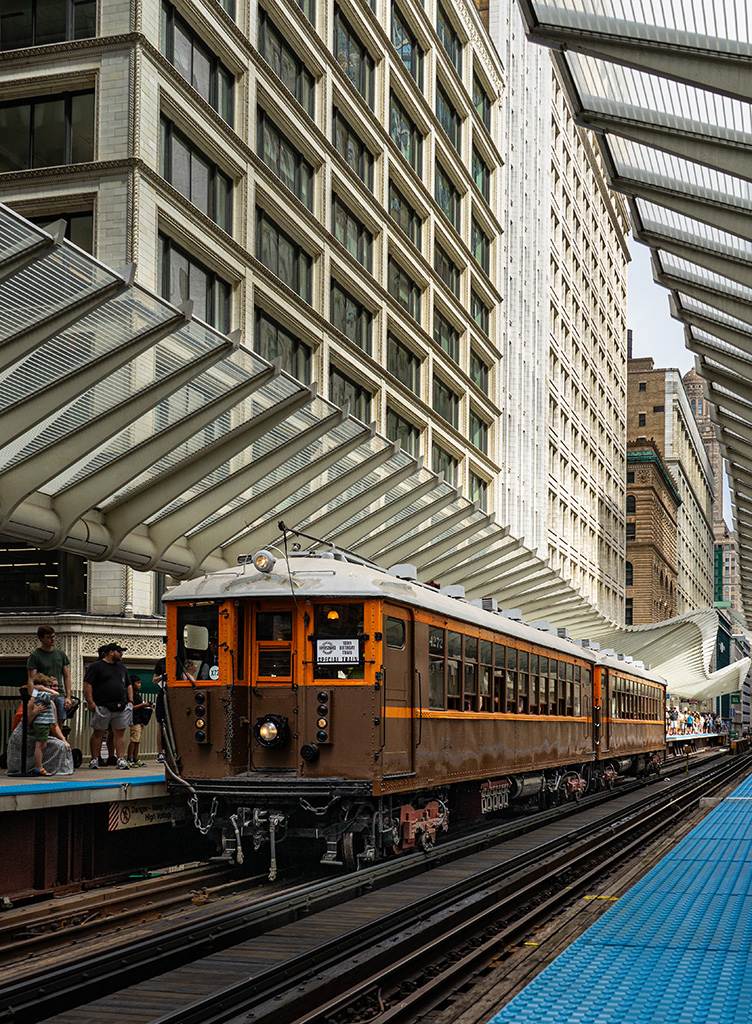
However, public transit service dates back to the late 1850s in Chicago when there was a horse-drawn streetcar that operated southbound on State Street from Downtown (super glad horse-drawn public transit is no longer a thing. Also, let’s get rid of horse and buggy rides for like “fun”).
Public transportation in Chicago has included cable cars (RIP), electric streetcars (RIP — although there is the Metra Electric Line), elevated railways, subways, and buses.
Okay, but who Pays for the CTA Heritage Fleet?
Many Chicagoans understand that the city is in constant need of money for social services — such as road work, education, public health, parks (I’m looking at you beachfront), and tree care, among other things.
The good news is that this program is funded solely by sales of CTA gifts (what?!? I didn’t know this was a thing! OMG, there is a heritage collection) and private charters, where you can RENT A TRAIN CAR AND RIDE AROUND THE TRACKS. I need a second to find some money to rent a train.
Aside from that, repair and upkeep of the vehicles are provided by the “generous volunteer work of CTA employees, retirees, and industry experts.” So thank you to everyone who donates their time and expertise to keep a part of Chicago’s history alive!
The Current CTA Heritage Fleet
Car 1
You guys, they have the very FIRST ‘L’ car produced for the Chicago and South Side Rapid Transit Company!
- Built in 1892 (!!!), it’s the oldest railcar in the Heritage Fleet and it carried people to Chicago’s WORLD FAIR. I just CANNOT. This information is so exciting and mind-blowing to me.
- This car was in service until approximately 1930.
- It was partially restored to the original 1900’s era look in 1959.
- Visit this gem at the Chicago History Museum where it is on long-term loan.
4000-Series
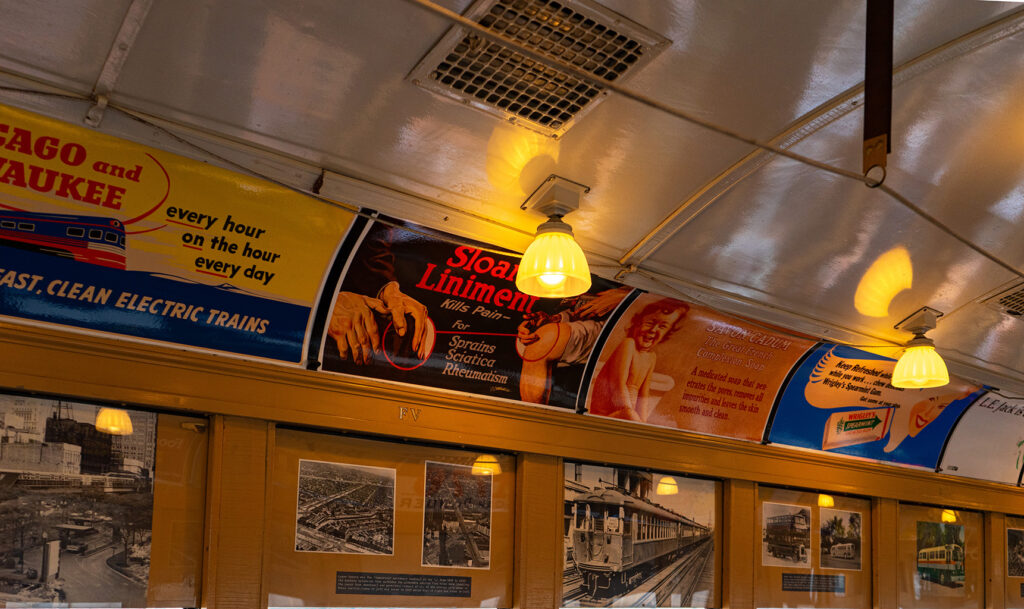
See more information about these cars, the highlight of a recent Saturday morning, below.
6000-Series
I would LOVE to see these cars in real life, and I may have as a young child because they retired from service in 1992.
- Built in 1950 and 1959 by the St. Louis Car Company
- At their peak, there were 720 total 6000-series cars.
- The earlier production cars required a conductor to stand between cars in order to operate the doors.
- This series of cars replaced the remaining turn-of-the-century wooden cars still in use.
- The idea of a train car made from wood really blows my mind.
- The 6000s ran for more than 40 years and made up about 66% of the entire train fleet.
- There are currently two 6000-series cars in the heritage fleet.
2400-Series
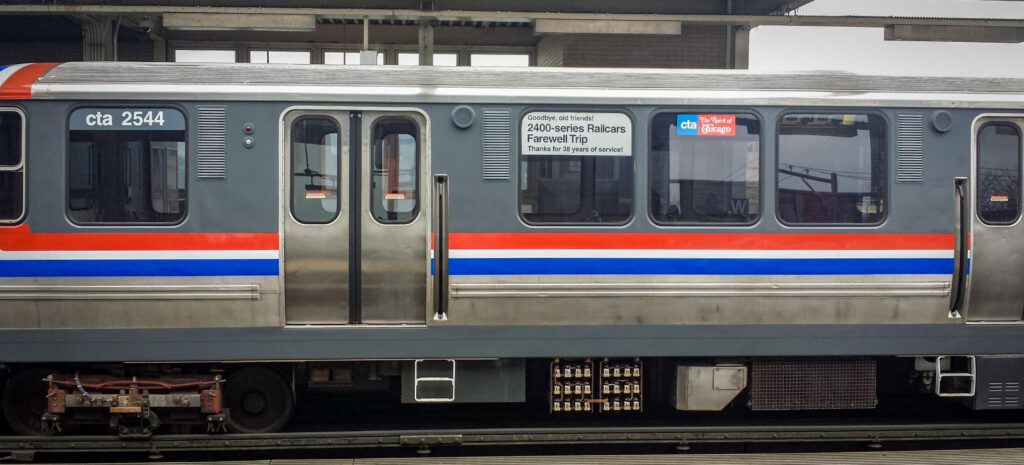
My dad and I attended the Farwell Trip of this car series in January 2015! As a hommage, the interiors had adverts from their inaugural year!
- Boeing-Vertol built the 2400-series and the cars were introduced in 1976, on the 200th birthday of the United States.
- There were 200 total cars in this series. This couldn’t possibly be a coincidence, could it?
- The exteriors had red, white, and blue stripes in honor of the nation’s bicentennial.
- The entrance doors in this series were sliding doors, which allowed easy conversion for wheelchair access — an extremely important aspect for riders with disabilities.
- There are 24 of these series still in the Heritage fleet.
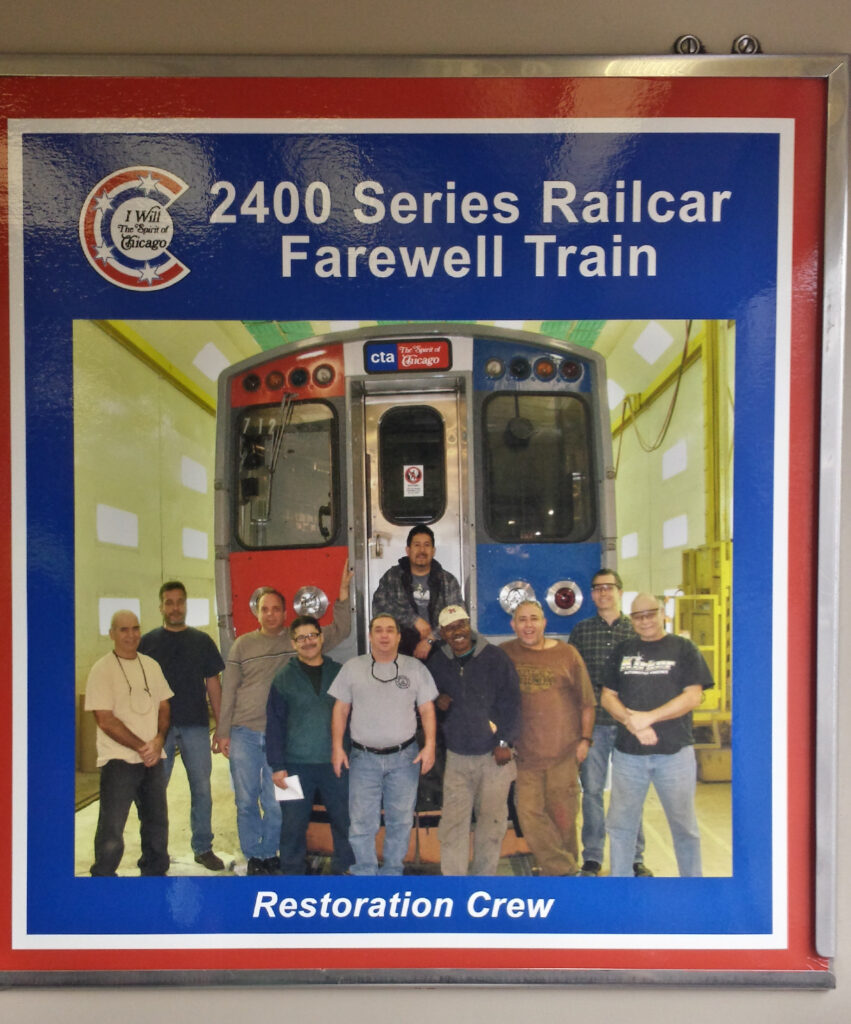
1960s-Era Buses
Again, as I am a total nerd, I would also love to see these buses in real life and feel their history. There are three buses in the Heritage Fleet, numbered 8499, 301, and 3706. The only thing that could make these busses cuter is if they gave them nicknames — I’m going to do that for this round-up. They were all diesel-fueled engines.
8499 — AKA, Imogene
- This bus was built in 1960 by Flxible. PS: I totally thought that was a weird typo, but no, Flxible was a real company.
- It was only in service for 10 years and could seat 50 people.
- This bus has been rehabbed the most and includes reproduction vintage adverts from its early service period.
- Guys!!! This bus was a tester for new features, so it was sort of like a prototype bus.
- Okay, I may have gotten too excited about the prototype thing because even more awesome is that this bus was featured in the music video for “The Game of Love” by Carlos Santana featuring Michelle Branch, which was filmed in Chicago. #mindblown
- I forgot how much I liked this song — a blast from the past for sure.
- They filmed inside the bus as well as having the bus in the background. I’m dead!
301 — I’m thinkin’ Frank
- This bus was built in 1962 by GMC and was in service from 1962 to 1983.
- This bus was part of an order for buses that had a “New Look” and replaced buses that were built in the 1940s.
3706 — Betsy (I looked at her photo and it just came to me)
- This bus was built-in 1969 by Flxible and was in service from 1969 to 1991 (dang that’s a long time).
- It was built 6 inches narrower than other buses for the #16 Lake route due to the “L” tracks in the streets. The busses need to be narrower in order to be able to safely pass each other. Crazy!
Check out some awesome photos of all of the CTA Heritage Fleet on the CTA Flickr account.
The 4000-Series
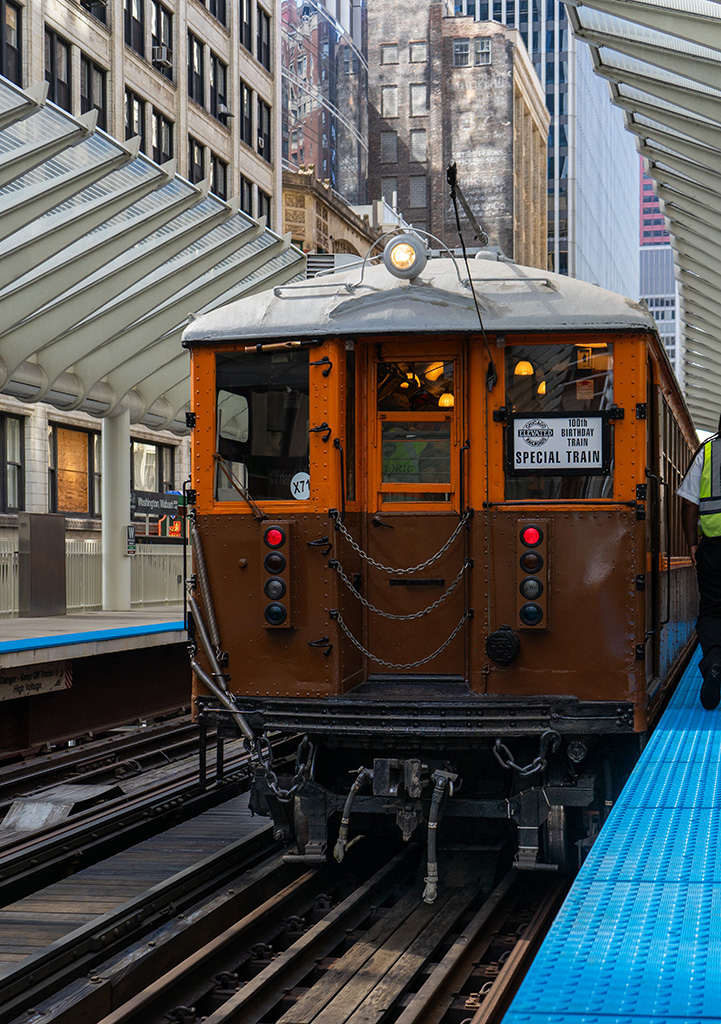
These are the cars that just had their 100-year birthday! And the CTA brought them out for us to enjoy and celebrate all things public transportation.
There are two train cars of the 4000-series that are left in the CTA Heritage collection. They were built in 1923 and were in service for 50 years — that is a long time when you consider the mechanical nature of trains.
General Information
- There were around 450 of the 4000-series trains in service by the late 1920s, but the first trains became part of the fleet in 1914.
- To put this in perspective, the first cars of this fleet arrived the same year that World War One began.
- Bonus points to those who know what event is commonly attributed to the start of the war.
- To put this in perspective, the first cars of this fleet arrived the same year that World War One began.
- These trains have no air conditioning, use incandescent lights to illuminate the interiors of the cars, and use compressed-air braking systems.
- To this day the lights still flicker when you go through a junction.
- The cars that were built between 1922 – 1924 had trolley poles along their roofs so that they could run on train lines that had overhead trolley wires as their power source instead of the third rail. You can see the poles in the above photograph!
- The original cost of these cars was $22,900 per car, which is equivalent to $408,596 today.
- They were built by the Cincinnati Car Company in you guessed it, Cincinnati, Ohio.
- Cars 4271 and 4272 were in service from 1923 until 1973, which again is 50 years of service.
- Just insane when you think about how frequently we get new phones and other electronics these days.
One of the fun things about these cars is that the interiors have reproductions of adverts that were of the time.
The Return of the 2400-Series
The CTA also brought out their 2400-Series cars, which brought even more happiness to the CTA Heritage Fleet birthday fête.
I did take another ride in those cars as well, which brought back happy memories from the retirement celebration.
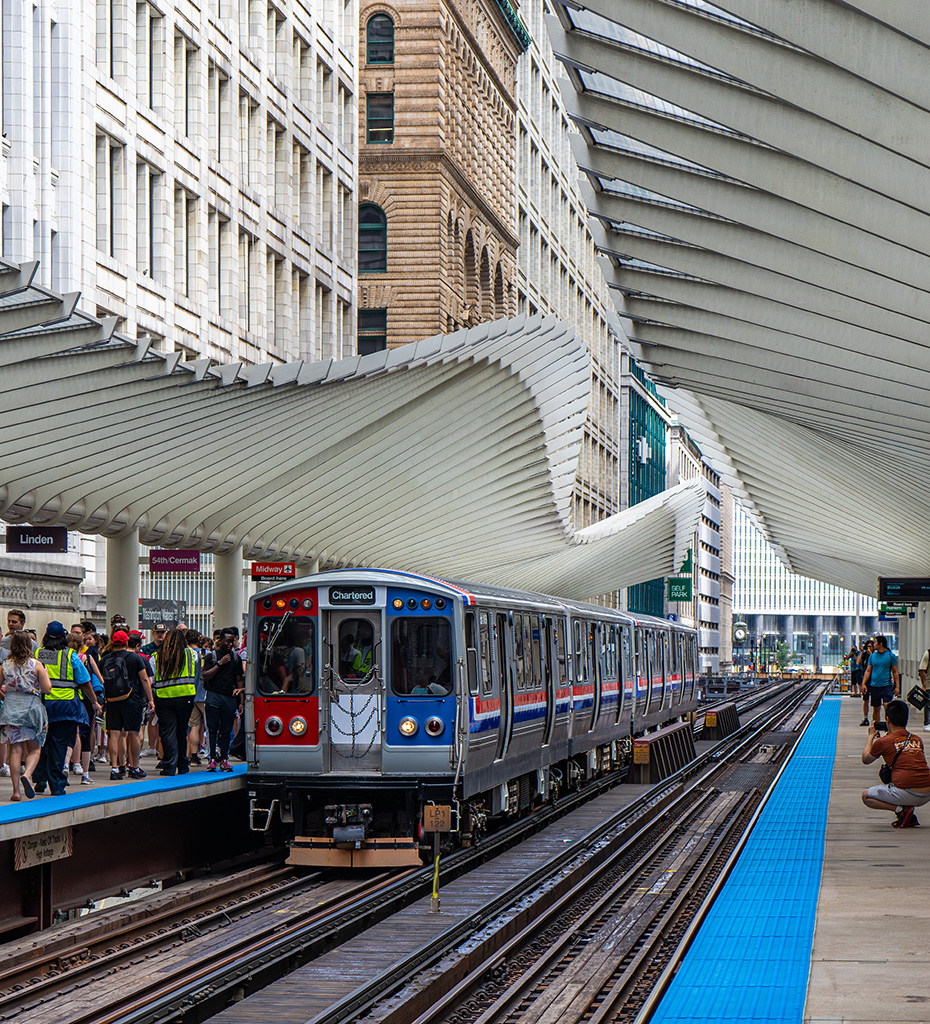
Final Thoughts
I’ve learned a few important lessons
- I really like trains and public transportation, apparently.
- Just go — I frequently hold myself back because there is so much to do all.of.the.time. and, I am tired AF. But guess what? That is not changing. The dishes need to be washed, the house needs to be cleaned, the book needs to be read, the emails need to be responded to, insert whatever holds you back from saying yes here. The time I spent NOT doing those things is time that doesn’t matter. Like, it doesn’t matter if I didn’t do those things, but I will have these memories forever and that IS what matters. If you need a little nudge to help you remember why experiencing THINGS is important, head over to this post. If you still need convincing, let it be known that I was MORE rejuvenated because I went, and it only cost $2.50 and you can’t beat that with a stick.
If you’re looking to get out of your comfort zone, just a little bit, why don’t you check out my post for a simple vegan brioche and make that this weekend, or if you’re looking for some travel inspiration a bit farther from home, check out my guide to Vienna, Austria or Antibes, France.
As always, I would be so grateful if you would drop a comment or a question below, sign up for my email list, and follow me on Instagram!


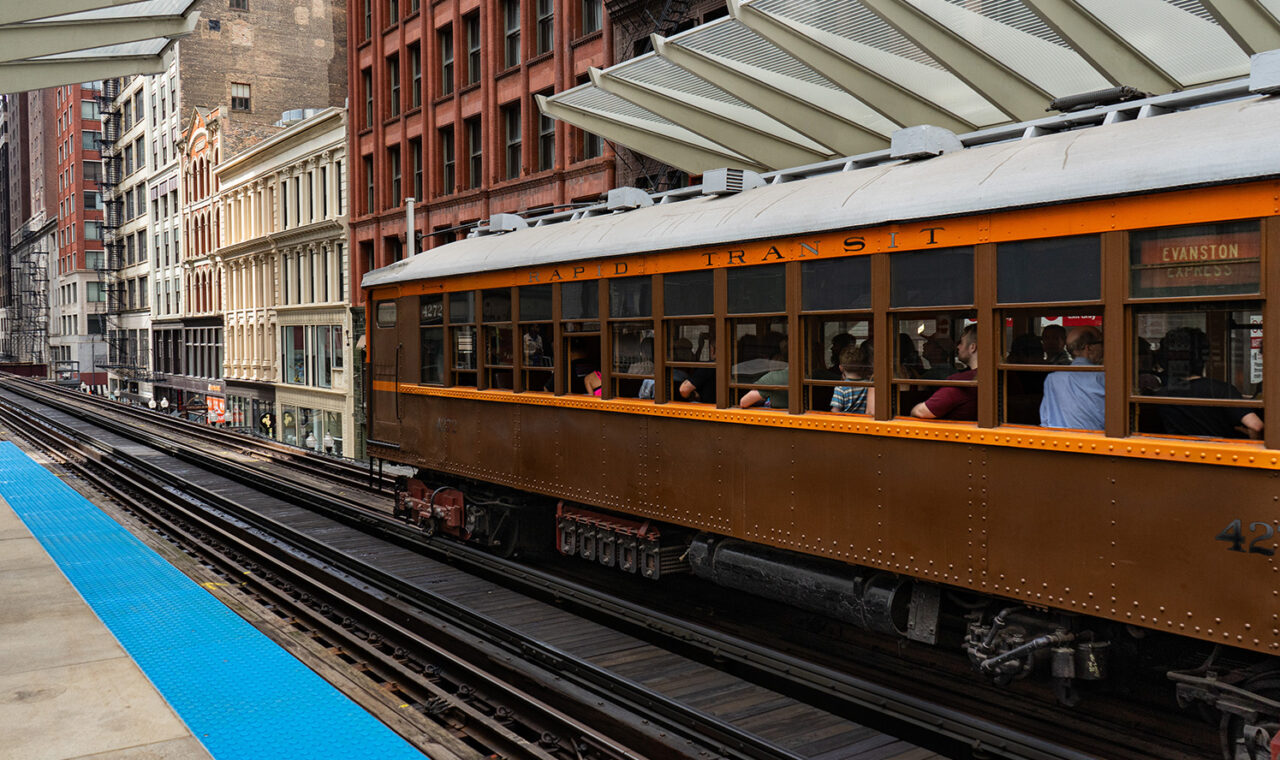

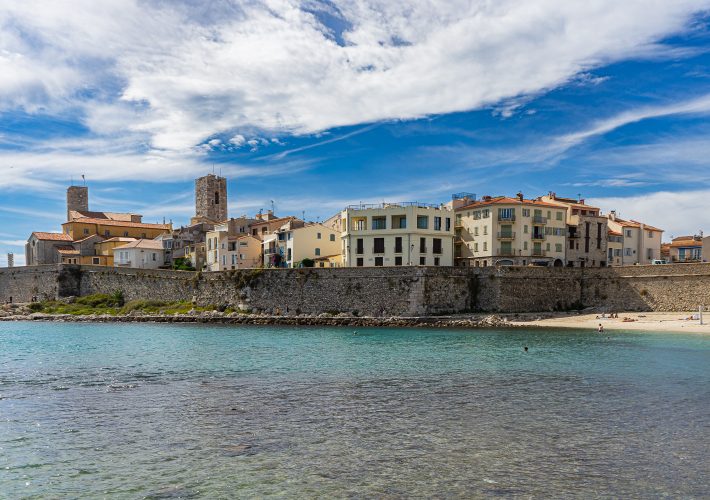


Leave a Comment